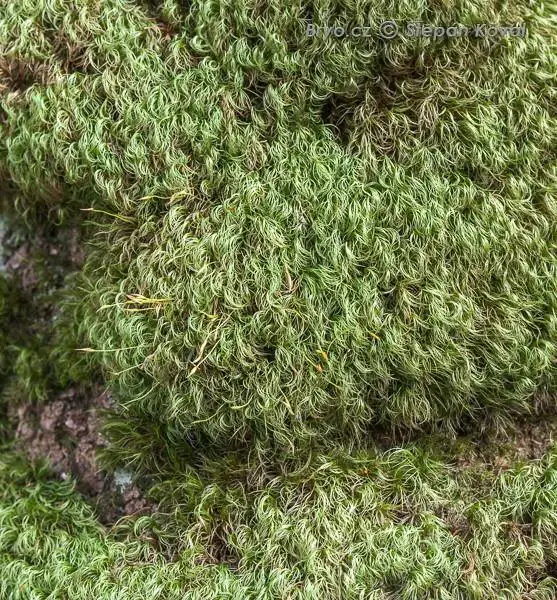
4641_Paraleucobryum_longifolium_2008_09_01_img_2100.jpg from: https://www.bryo.cz/index.php?p=mechorosty_foto&site=default&gallery=paraleucobryum_longifolium&id=4641
Introduction
Welcome to the fascinating world of Paraleucobryum longifolium (Ehrh. ex Hedw.) Loeske
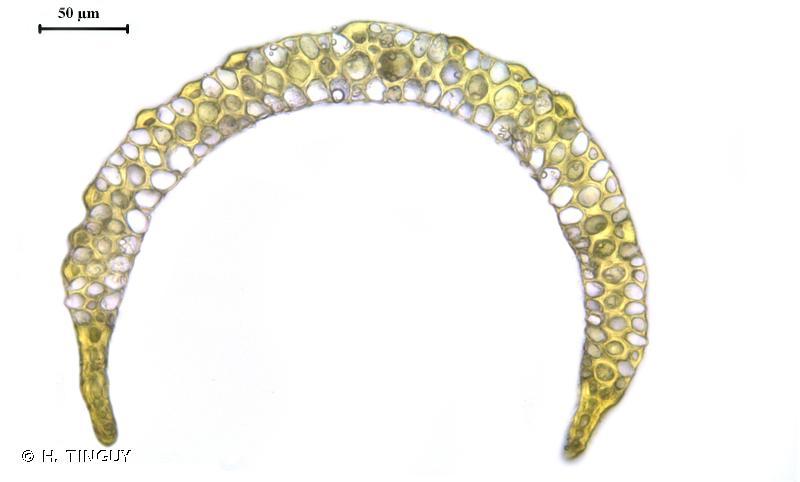
203954.jpg from: https://inpn.mnhn.fr/espece/cd_nom/4787/tab/fiche
, a remarkable moss species belonging to the Dicranaceae family. Also known simply as Paraleucobryum, this unassuming plant plays a vital role in various ecosystems and has captured the interest of bryologists and nature enthusiasts alike.
Background
Before we delve into the intricacies of Paraleucobryum longifolium, it’s essential to understand the broader context of bryophytes. These non-vascular plants, which include mosses, liverworts, and hornworts, are often overlooked but are crucial components of many terrestrial ecosystems. They are among the oldest land plants on Earth, with fossil records dating back over 400 million years.
Main Content
Morphology and Identification
Paraleucobryum longifolium is a acrocarpous moss, meaning its sporophytes (spore-bearing structures) grow at the tips of the stems. It forms dense, cushion-like tufts or mats, with stems reaching up to 5 cm in height. The leaves are lanceolate (lance-shaped) and falcate (curved like a sickle), giving the plant a distinctive appearance. When dry, the leaves are contorted, but they become
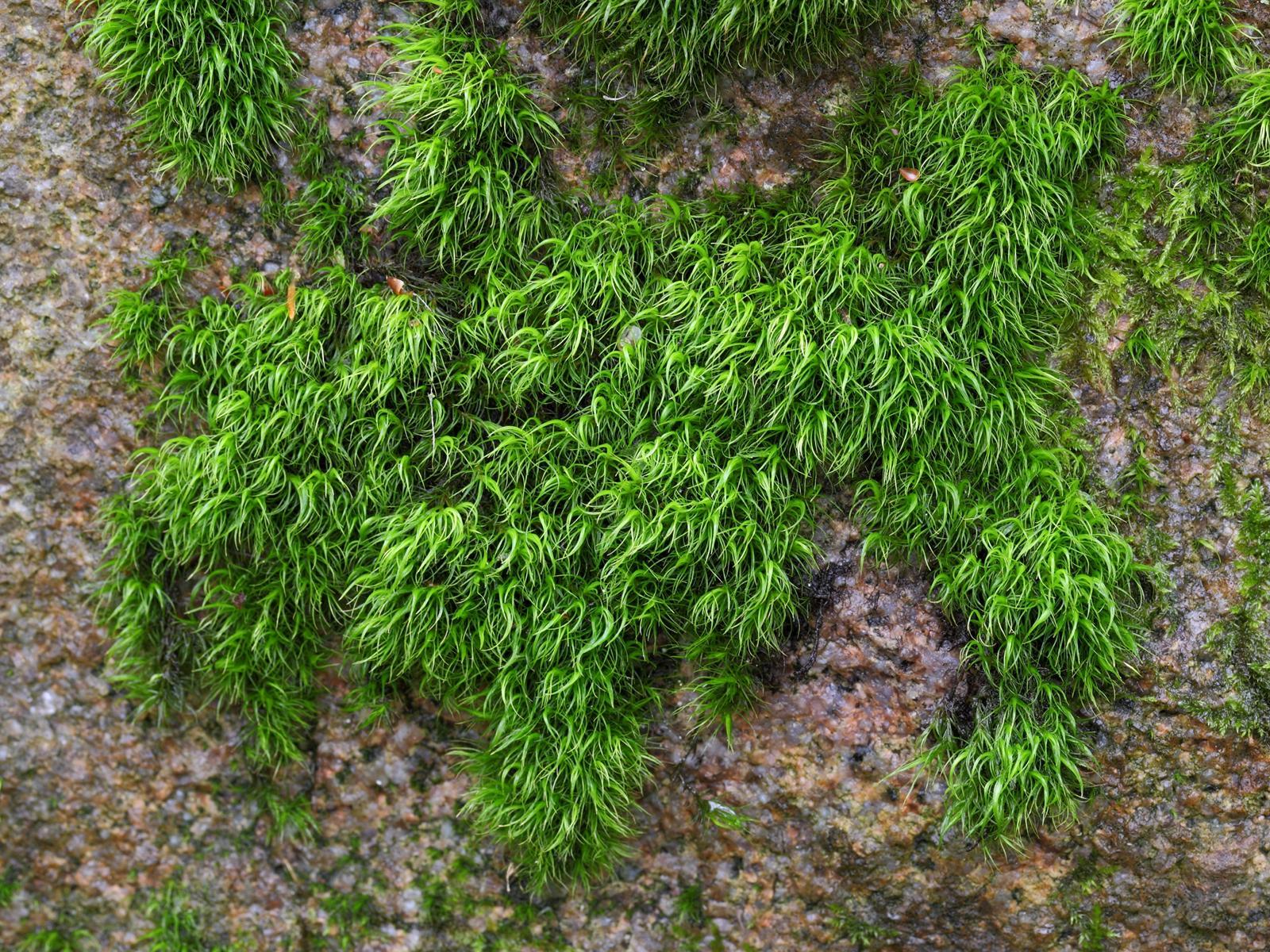
paraleucobryum_longifolium.jpeg from: https://www.korseby.net/outer/flora/bryophyta/dicranaceae/index.html
erect-spreading when moist.
Global Distribution and Habitat
This moss species has a widespread distribution, occurring in various regions across the Northern Hemisphere, including Europe, Asia, and North America. It thrives in a variety of habitats, such as
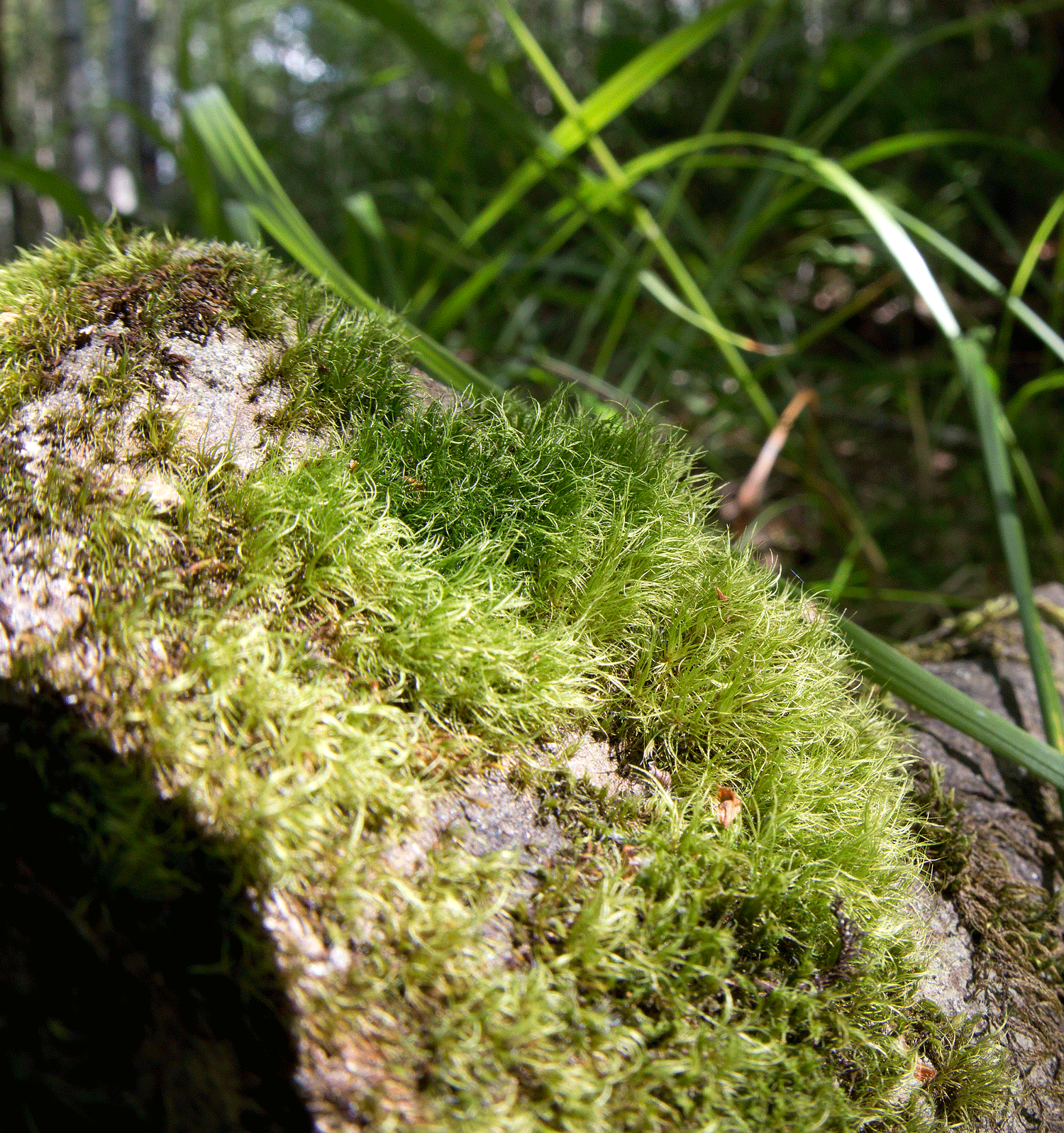
6_Paraleucobryum-p%25C3%25A5-sten.gif from: https://bryologkredsen.blogspot.com/2017/08/sydsvenske-moshapserier-og-en-srlig.html
coniferous and mixed forests, rocky outcrops, and disturbed areas like roadside banks and quarries. Paraleucobryum longifolium is particularly well-adapted to acidic soils and can often be found growing on decaying logs, stumps, and humus-rich substrates.
Ecological Roles and Adaptations
Despite its small size, Paraleucobryum longifolium plays crucial ecological roles in its habitats. As a pioneer species, it helps stabilize and enrich soils, facilitating the growth of other plants. Additionally, it provides a microhabitat for various invertebrates, such as springtails and mites, contributing to the overall biodiversity of the ecosystem.
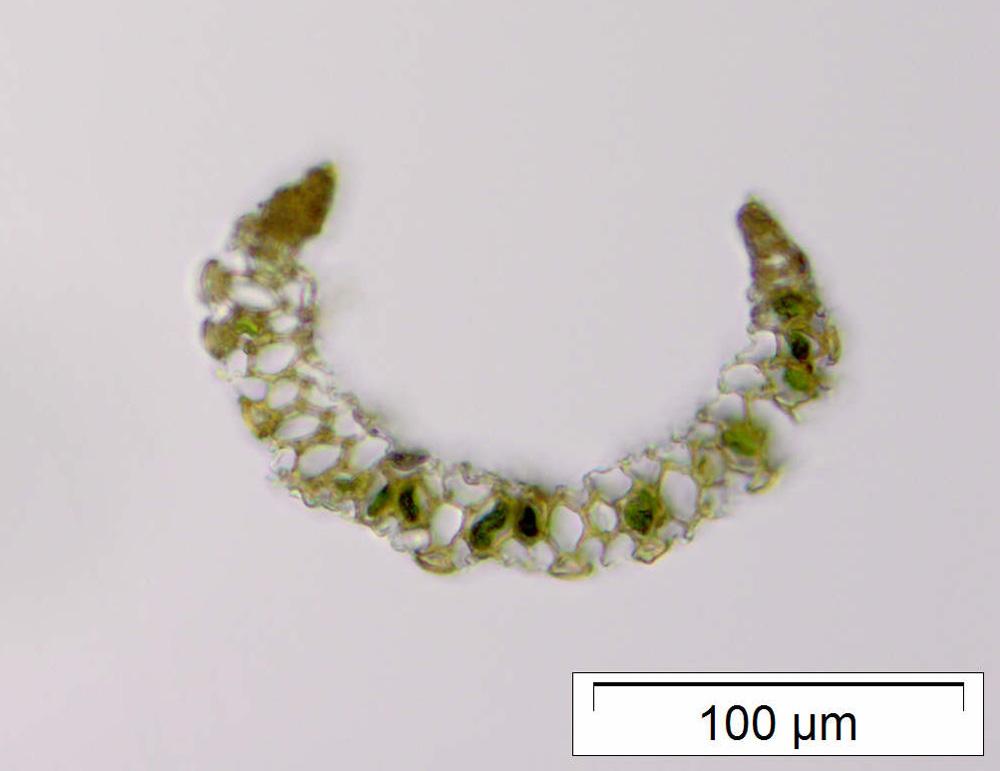
Paraleucobryum_longifolium_256_1431094107.jpg from: https://bryophyteportal.org/portal/collections/individual/index.php?occid=3252768
One of the remarkable adaptations of Paraleucobryum longifolium is its ability to tolerate desiccation. During dry periods, the plant can enter a state of dormancy, curling its leaves inward to minimize water loss. When moisture returns, it quickly revives, demonstrating its resilience in challenging environmental conditions.
Case Studies/Examples
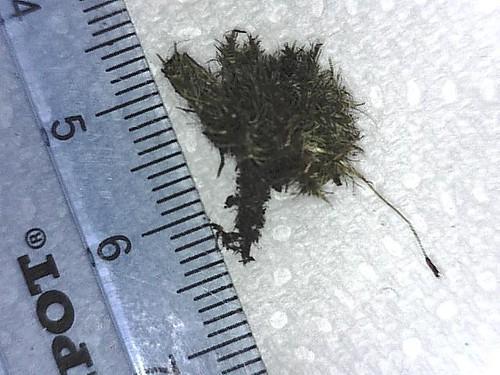
28778472636_aa59ca1ab1.jpg from: https://www.flickr.com/photos/124484193@N02/28778472636/
In a study conducted in the Pacific Northwest region of North America, researchers found that Paraleucobryum longifolium played a significant role in the recovery of disturbed forest ecosystems. Its ability to colonize and stabilize soil surfaces facilitated the establishment of other plant species, contributing to the overall restoration process.
Technical Table
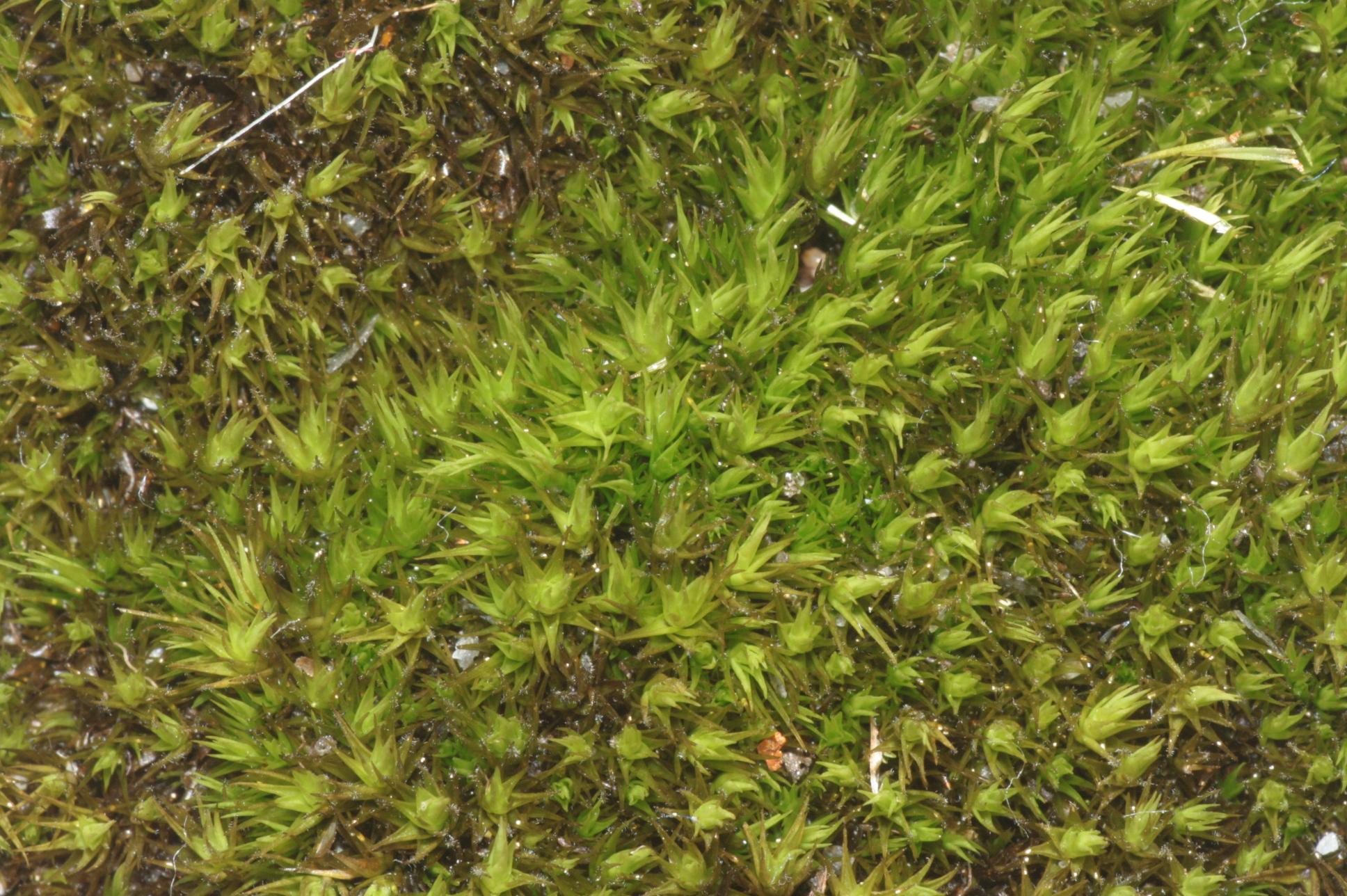
paraleucobryum-moss-paraleucobryum-enerve.jpg from: https://www.earth.com/plant-encyclopedia/bryophytes/dicranaceae/paraleucobryum-enerve/en/
| Characteristic | Description |
|---|---|
| Phylum | Bryophyta |
| Class | Bryopsida |
| Order | Dicranales |
| Family | Dicranaceae |
| Genus | Paraleucobryum |
| Species | P. longifolium
 120px-Paraleucobryum_longifolium_(d%2C_150138-481744)_7025.JPG from: https://commons.wikimedia.org/wiki/Category:Paraleucobryum_longifolium |
| Common Name | Paraleucobryum moss |
| Growth Form | Acrocarpous |
| Leaf Shape | Lanceolate, falcate |
| Habitat | Coniferous and mixed forests, rocky outcrops, disturbed areas |
| Distribution | Northern Hemisphere (Europe, Asia, North America) |
Conclusion
Paraleucobryum longifolium is a remarkable moss species that deserves our appreciation and admiration. Its ability to thrive in diverse habitats, stabilize soils, and provide microhabitats for other organisms highlights its ecological significance. As we continue to explore and understand the intricate web of life, let us ponder this thought-provoking question: How can we better protect and conserve these unassuming yet vital components of our ecosystems?
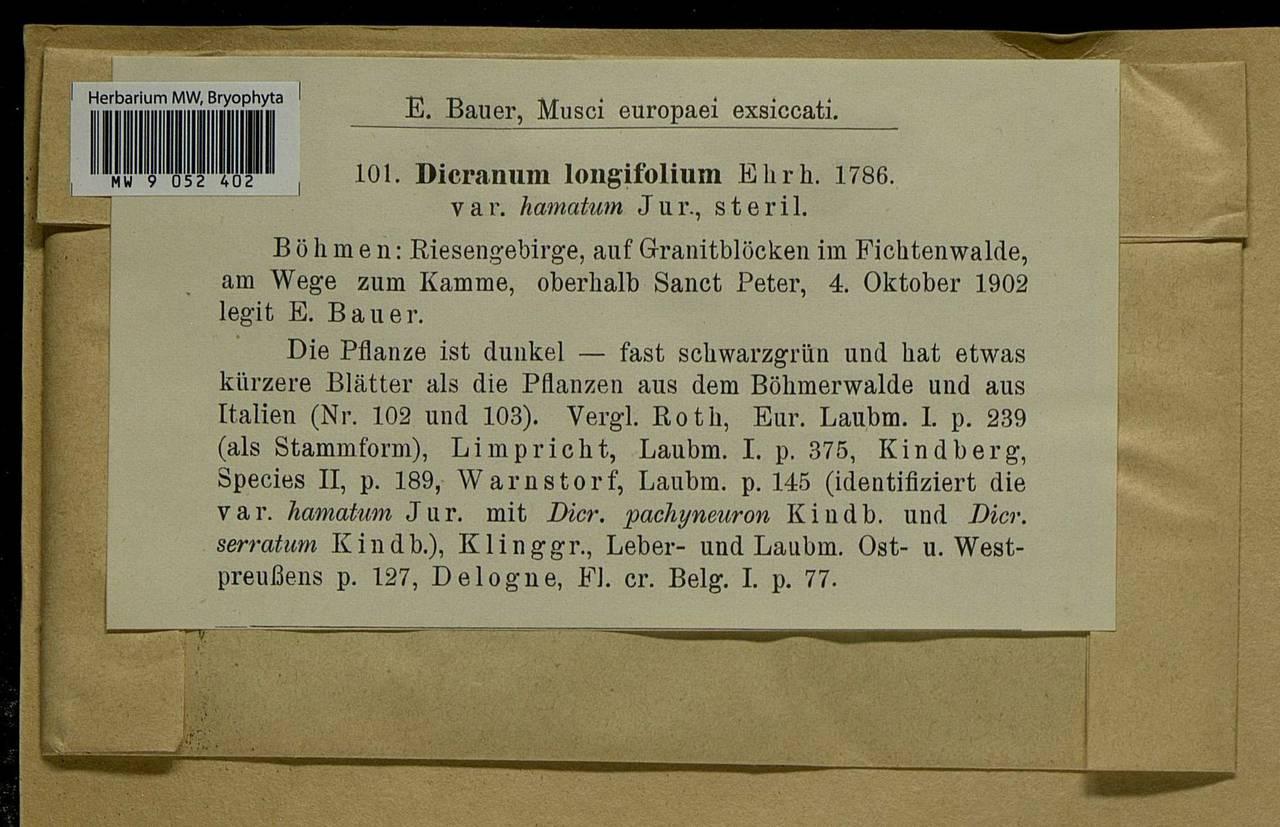
0.jpg from: https://plant.depo.msu.ru/open/public/item/MW9052520
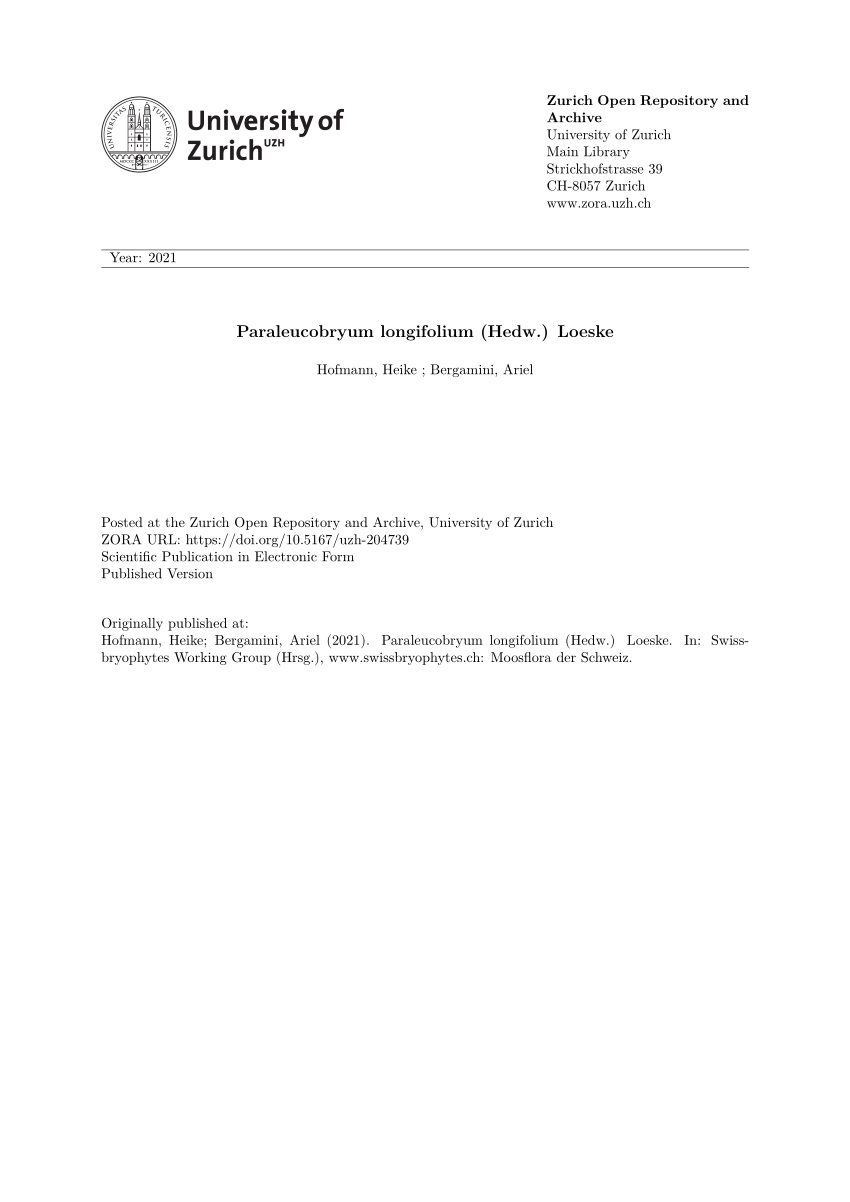
largepreview.png from: https://www.researchgate.net/publication/259369480_Paraleucobryum_longifolium_Hedw_Loeske_in_Scotland